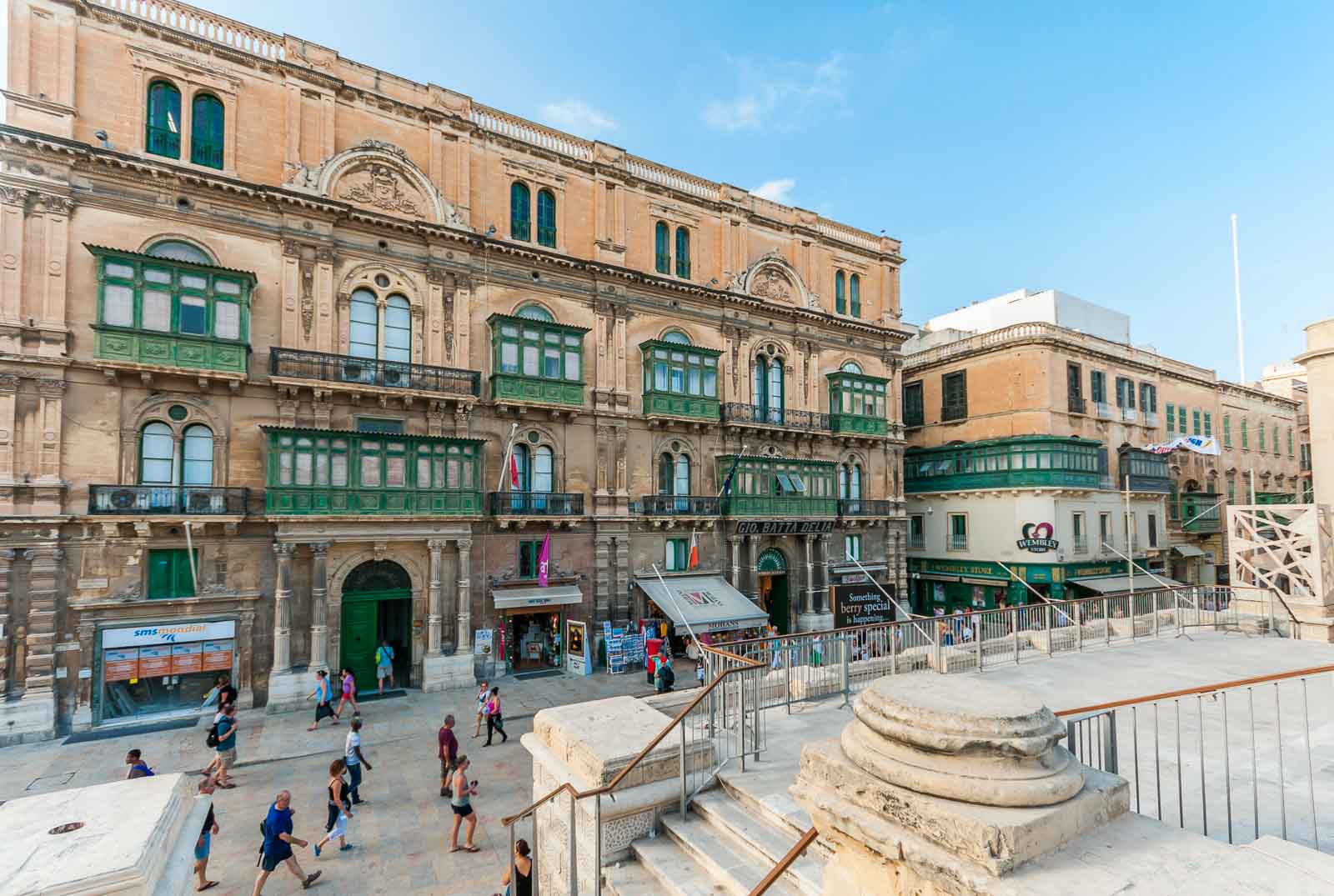Traditional Villages in Malta

Discover some of the most exciting and fascinating traditional villages on the Maltese islands. Get the felling of the Maltese culture and traditions in these villages.
7 Traditional Villages in Malta to Experience Local Culture
Immerse yourself in authentic Maltese culture and traditions in these beautiful villages
Explore beyond the main towns and cities like the capital Valletta and tourist hotspots such as Sliema or Bugibba, and you may find Malta’s quieter and smaller villages.
Villages across Malta are the heart and soul of the island’s long history, rich traditions and vibrant culture, offering residents and visitors an authentic taste of the local lifestyle over the centuries.
For villages of any size, a central feature is often a baroque-style parish church, around which revolves a whole host of colourful festas and traditions to celebrate its patron saint. Each also has its own unique character shaped by local architecture, archaeological finds, fishing or even seasonal fruits and vegetables that thrive in the area.
Here are seven villages in Malta to best experience the island’s traditions and culture.
Lija

Like the famous ‘Three Cities’ of Vittoriosa (Birgu), Cospicua (Bormla) and Senglea (Isla), Malta also has ‘Three Villages’. These villages in central Malta – Lija, Attard and Balzan – all feature magnificent baroque architecture that made them popular locations for the country homes of nobility in centuries past.
Today, Lija has lost none of its charm and sophistication, with historical features including Maltese traditional wooden balconies and intricately carved stonework. Renowned for its many citrus trees, properties in this elegant village also may have small private gardens and orchards.
Attard

Close to Lija is another of Malta’s famed Three Villages, Attard. In fact, so close is this small village to its two neighbours, that it is often mistaken for them. However, property in this exclusive area tends to be in high demand due to its superb traditional architecture and lush citrus gardens.
In Attard, you will find the magnificent San Anton Palace – the official home of Malta’s President – and the large public gardens that surround the building named San Anton Gardens. Ta’ Qali national park and the national football stadium also share an Attard address.
Balzan

The last of the Three Villages, Balzan is a typical Maltese village named after Maximillian Balzan, a Spanish merchant who settled in Malta in the 16th century who imported the area’s orange trees from Granada, Spain.
The influence of the Knights of the Order of St John – Malta’s leaders and architects of that time – can still be found in Balzan’s beautiful residences they built as homes for visiting nobility. Today, the small community continues to host popular annual festas with the spectacular Balzan Parish Church at the heart.
Marsaxlokk

This quaint village on the south-east coast of Malta is known for its fresh fish and seafood. Lined against its shoreline are dozens of colourful fishing boats known as luzzu, while the catch-of-the-day is offered in the busy and hugely popular weekly coastal open-air markets.
With such a dynamic fishing industry in the area, Marsaxlokk’s fish restaurants are also considered by the Maltese as the best on the island. These restaurants join many bars and cafes along the expansive coastal promenade, making Marsaxlokk an attractive prospect for visiting tourists seeking a taste of Malta.
Gharghur

As one of Malta’s smallest villages, Gharghur provides a tranquil escape away from better-known and far busier tourist towns.
The village is set in the north of the island on one of its highest points, offering residents and visitors alike a stunning panoramic view across the island’s landscape.
Gharghur’s narrow streets also feature stunning architecture that reflects the long history of the area, while the nearby valley and surrounding countryside are ideal for hiking.
Qrendi

Found in the south-west of the island, Qrendi is an authentic Maltese village that is home to two of Malta’s oldest heritage sites, the Mnajdra and Ħaġar Qim Neolithic temples. Here you can also explore the famous Blue Grotto, where multiple sea caverns surround transparent, turquoise blue waters that inspired its name.
Nevertheless, despite its many well-known landmarks, Qrendi remains at its core a quiet village that is steeped in character and tradition. Its two summer festas both bring beautifully decorated streets and breath-taking firework displays.
Bidnija

Bidnija is the second smallest village on the island. Home to the best olive oil in Malta, the tiny rural village is characterised by its surrounding ancient olive groves, with some ‘Bidni’ olive trees dating as far back as 5000 years. The olive groves are tended by dynasties of farming families settled in the area, although more recently both Maltese and foreigners have bought property in Bidnija to make the most of its countryside views and traditional local life.
Meanwhile, the cart ruts in Bidnija offer a unique glimpse into the lifestyle of people in Malta thousands of years ago.
The RE/MAX takeaway
RE/MAX Malta’s network of highly trained associates are specialised in all areas across Malta, including the island’s many villages. Start your journey to owning a home in one of Malta’s villages today at remax-malta.com.